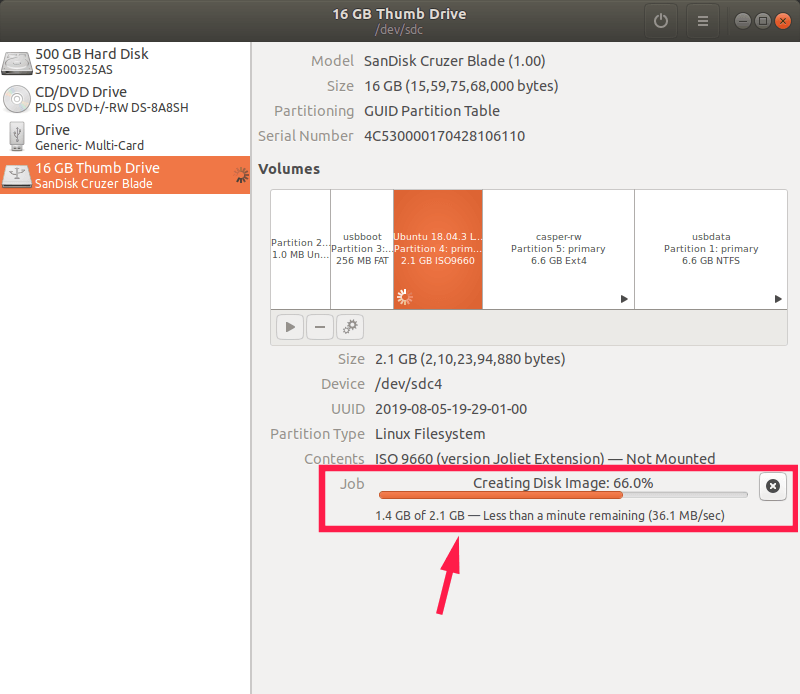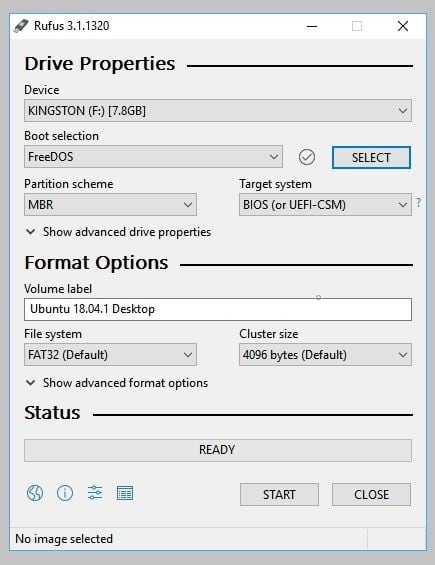

Windows has problems with linux file systems, and I think MacOS has problems both with linux file systems and NTFS. You can use the GUI program gparted to create the ext4 file system.įull compatibility with Linux, Windows and MacOS.This way you might get higher read/write speed (depending on which process is the bottleneck), and you will get higher flexibility concerning ownership and permissions. If you intend to use the drive only with Ubuntu (and other linux distros), it is a good idea to use a linux file system, for example ext4. which operating systems that should read/write the USB drive.Problem: FAT32 has a 4GiB limit for file sizeĭifferent scenarios and files systems are examined looking for alternatives taking into account

The corresponding command on Windows systems is: copy /b + input.fileĪlong with many other useful GNU utilities split can be installed in Windows too, see GNU utilities for Win32. If you're afraid that this could sort the files incorrectly read In Bash, are wildcard expansions guaranteed to be in order? On Linux systems you can do so with: cat output.file.* > input.file Thanks to Gilles for this important addition.īefore you can access the file again you need to merge its parts first. The filesize of matches exactly the maximum file size of your FAT32 formatted USB drive, which is 4 Gibibyte (GiB, that's not the same as Gigabyte GB) minus 1 Byte. This will create the following files: 4,0G
DD WINDOWS ISO TO USB LINUX 6 FULL
See man split for the full documentation. for your case: split -b4294967295 /path/to/input.file /path/to/pen/drive/output.file.
DD WINDOWS ISO TO USB LINUX 6 ARCHIVE
Most archive managers come with the split option and for the command line there's split, e.g. If you don't want to reformat your USB drive or need it to be FAT32 you can simply split your big file into parts.


 0 kommentar(er)
0 kommentar(er)
